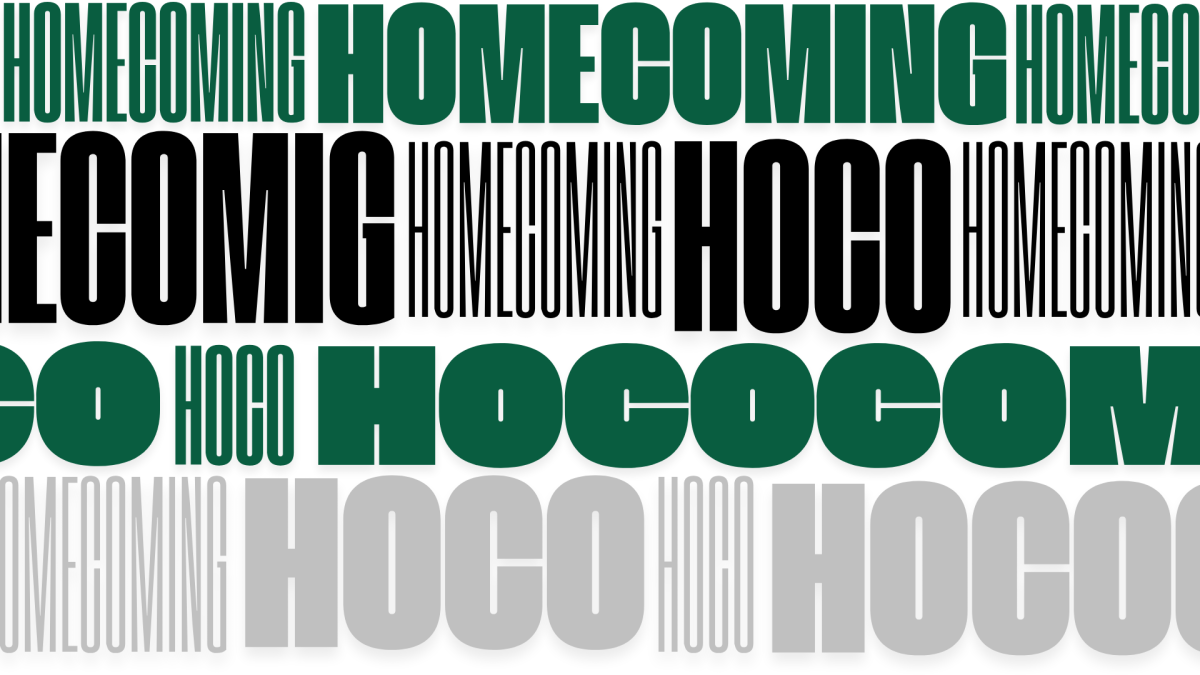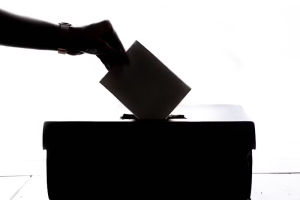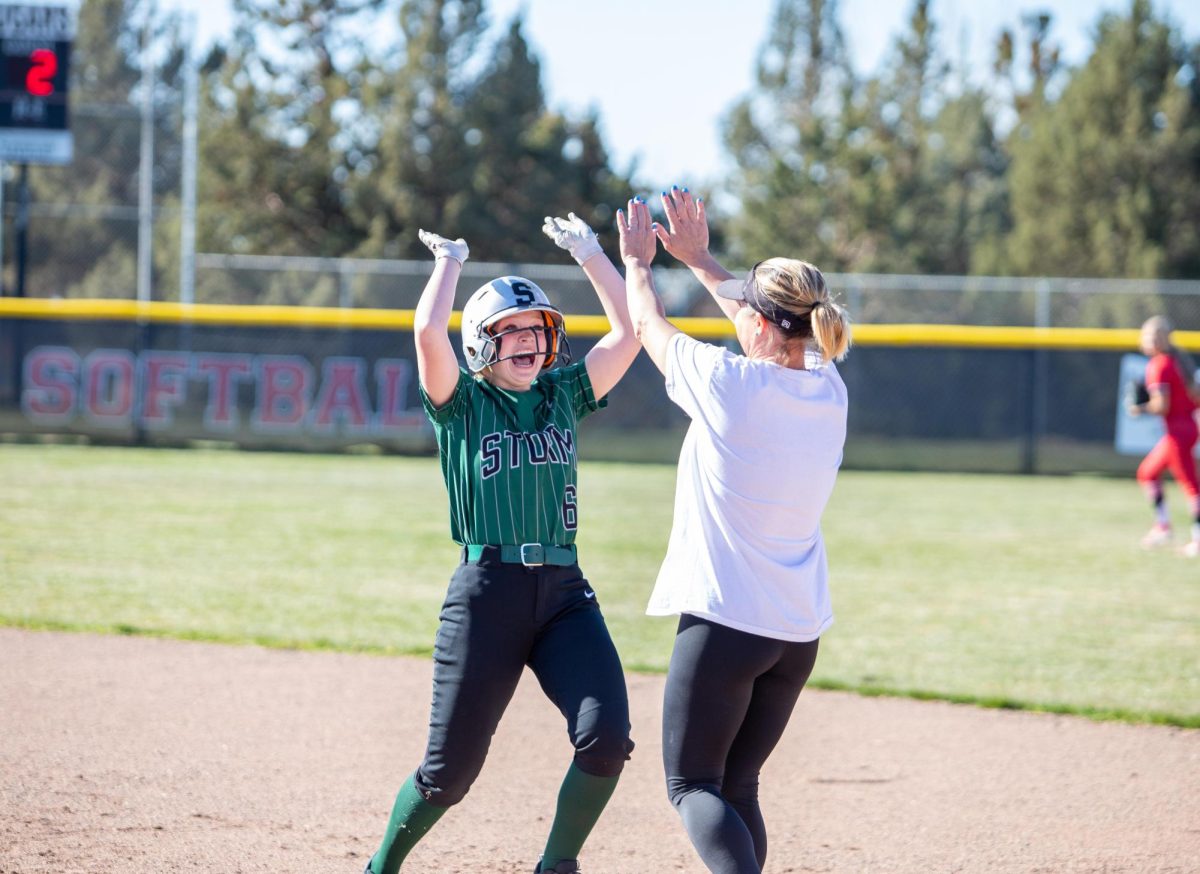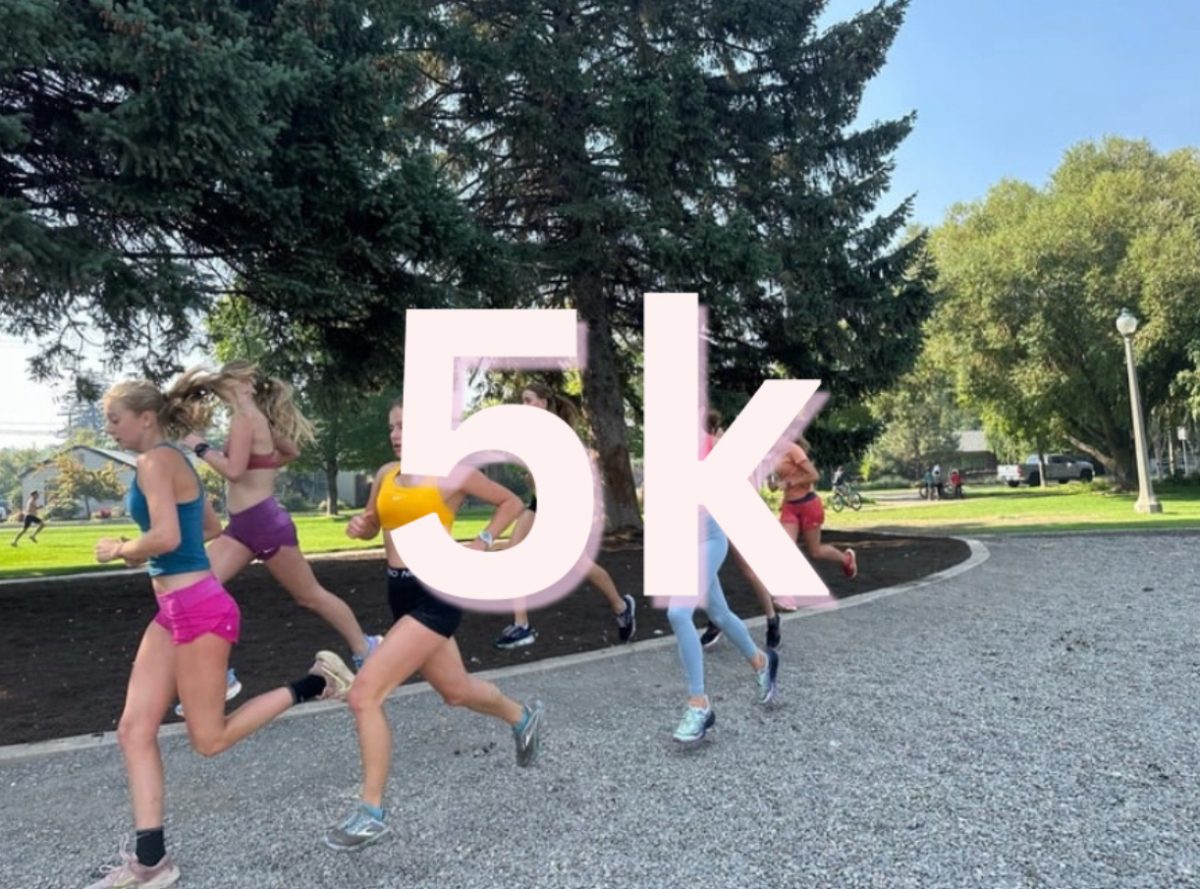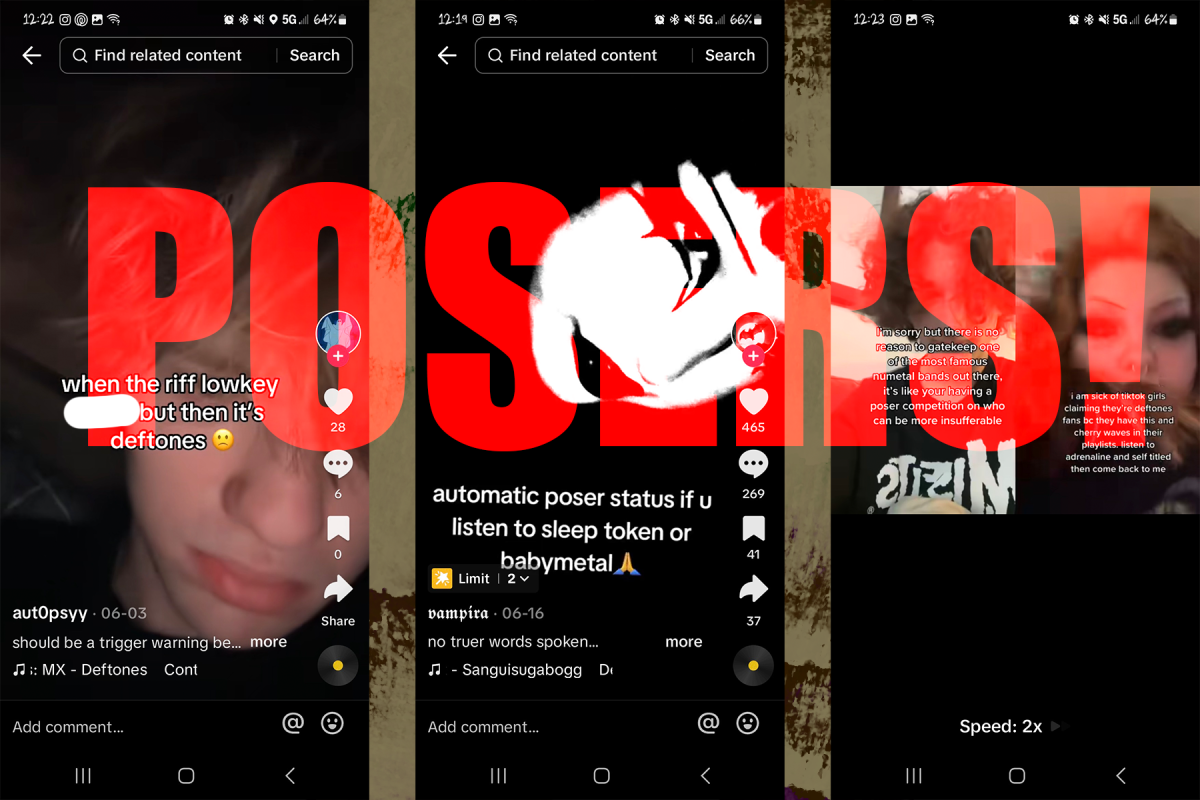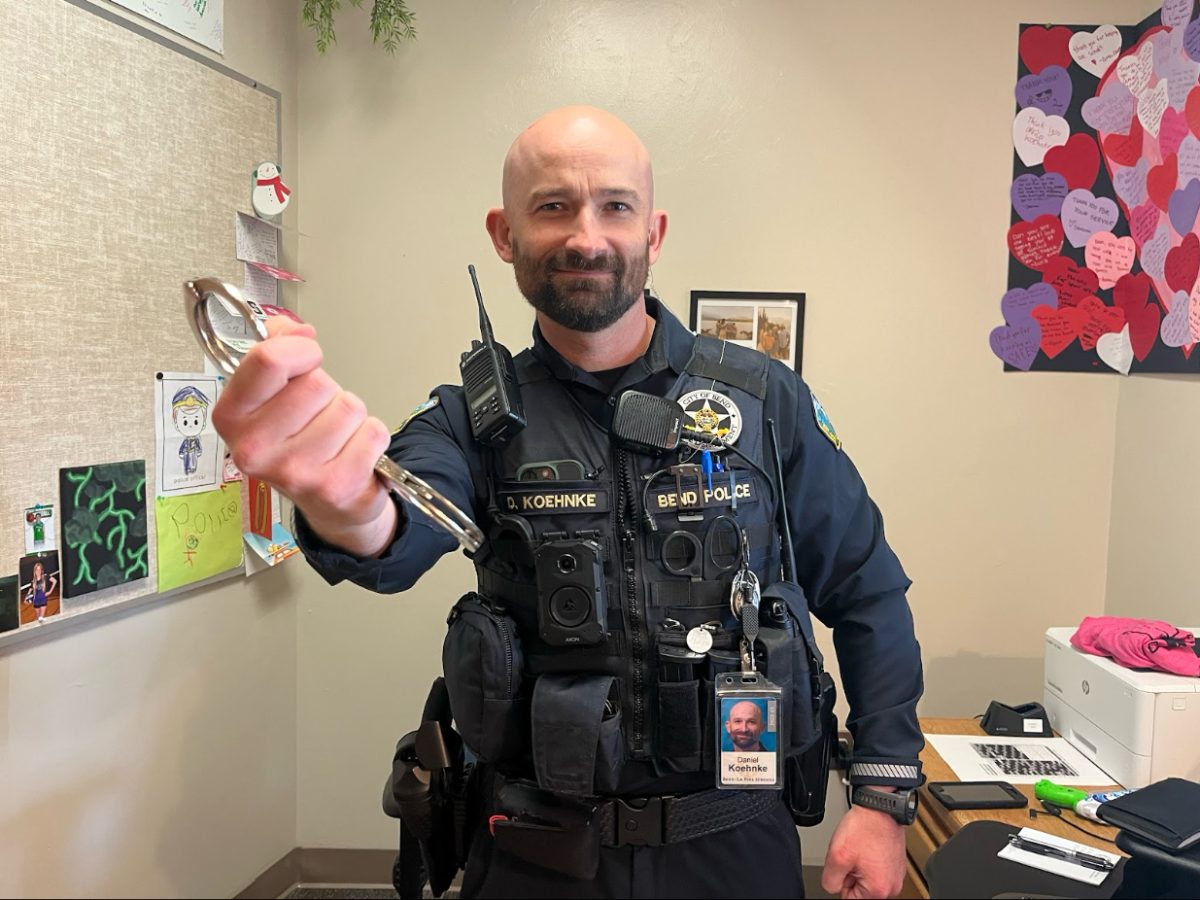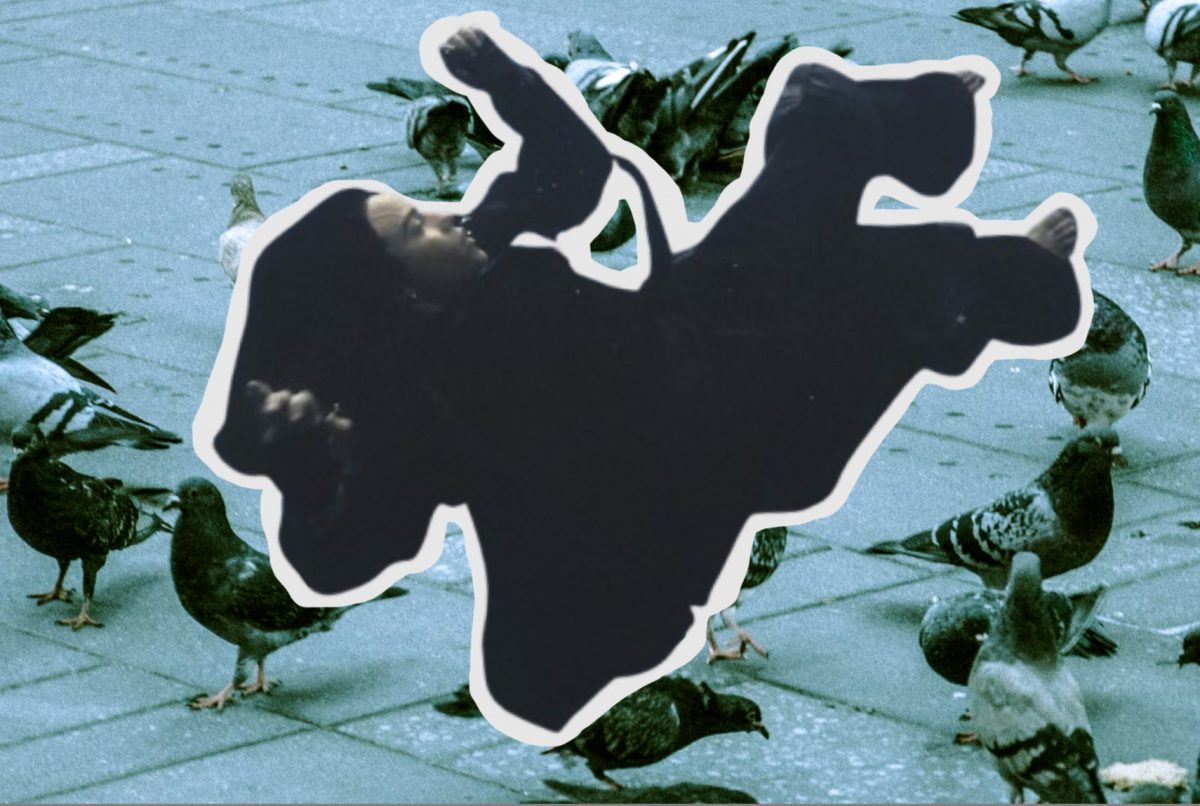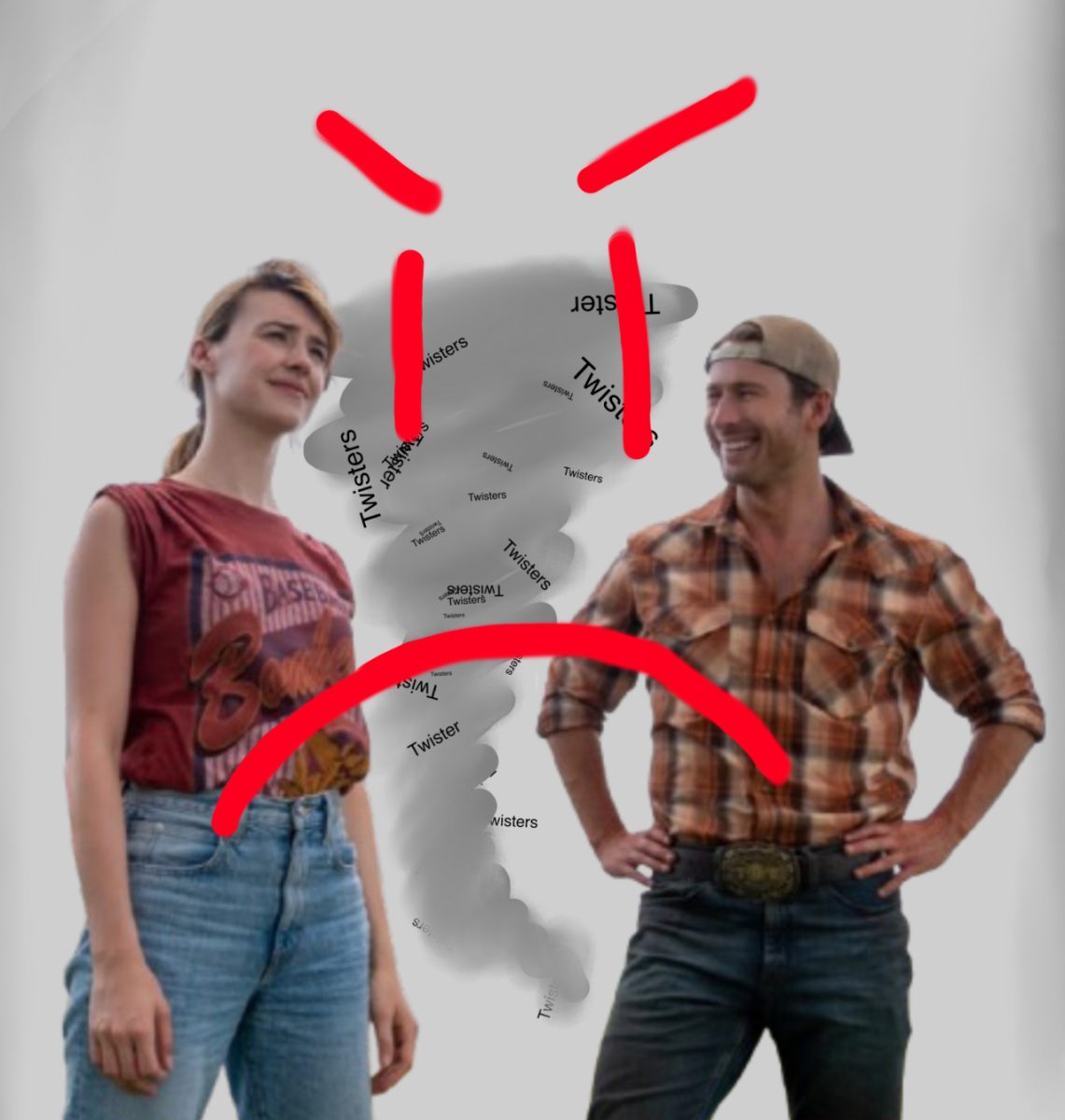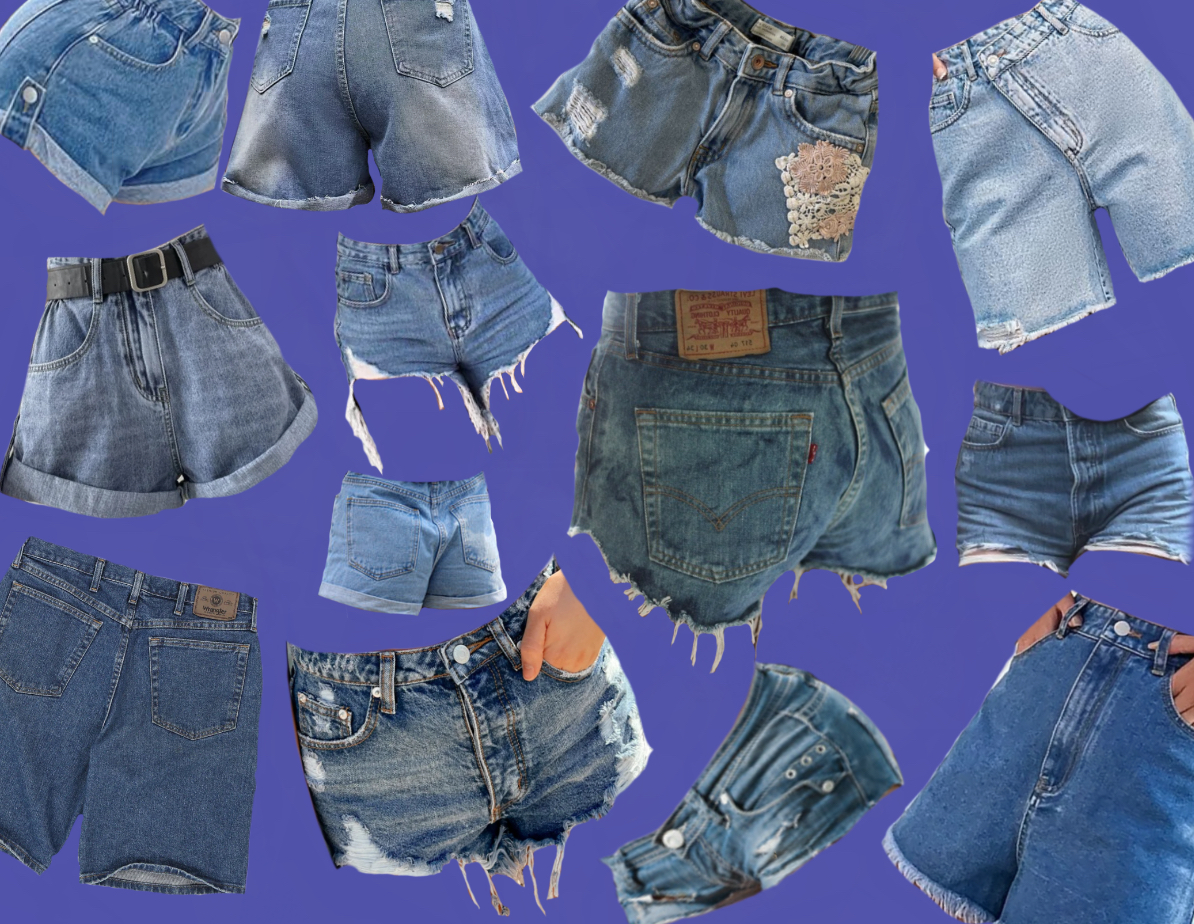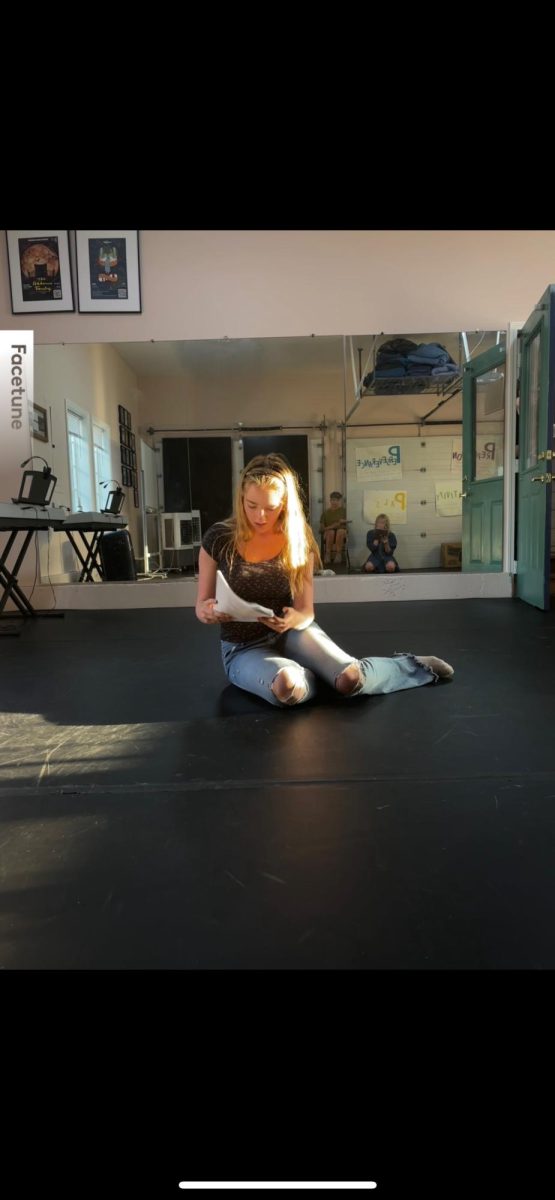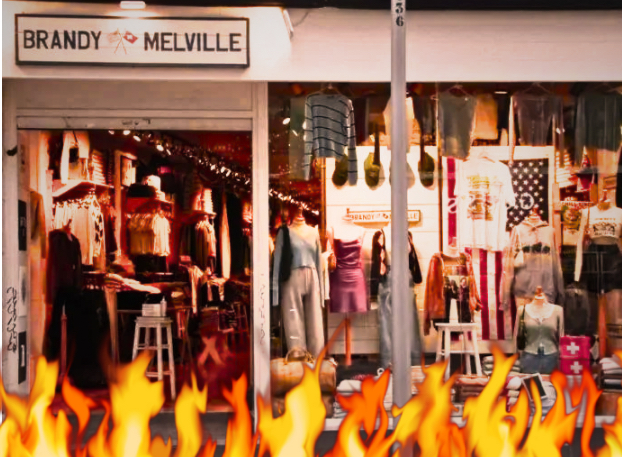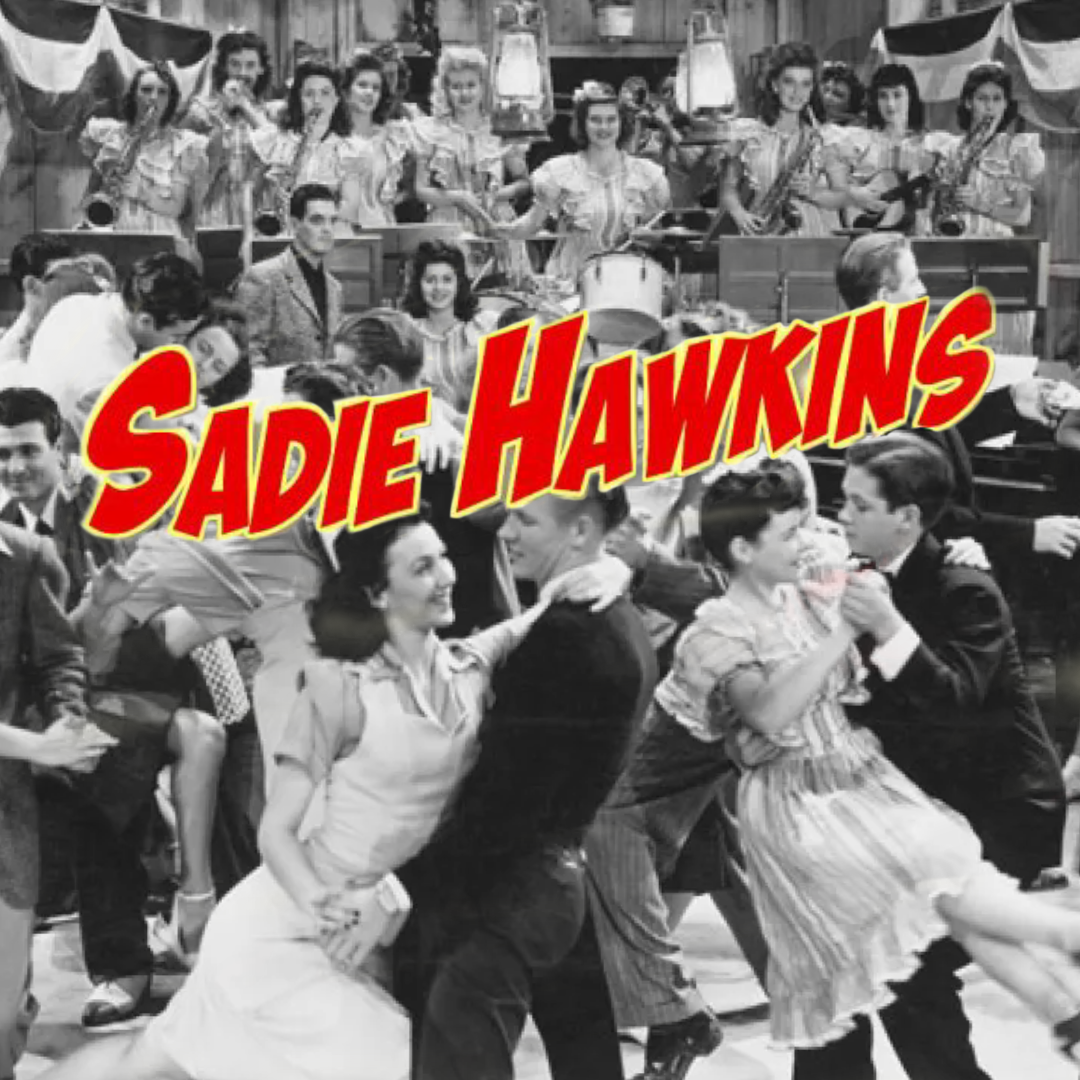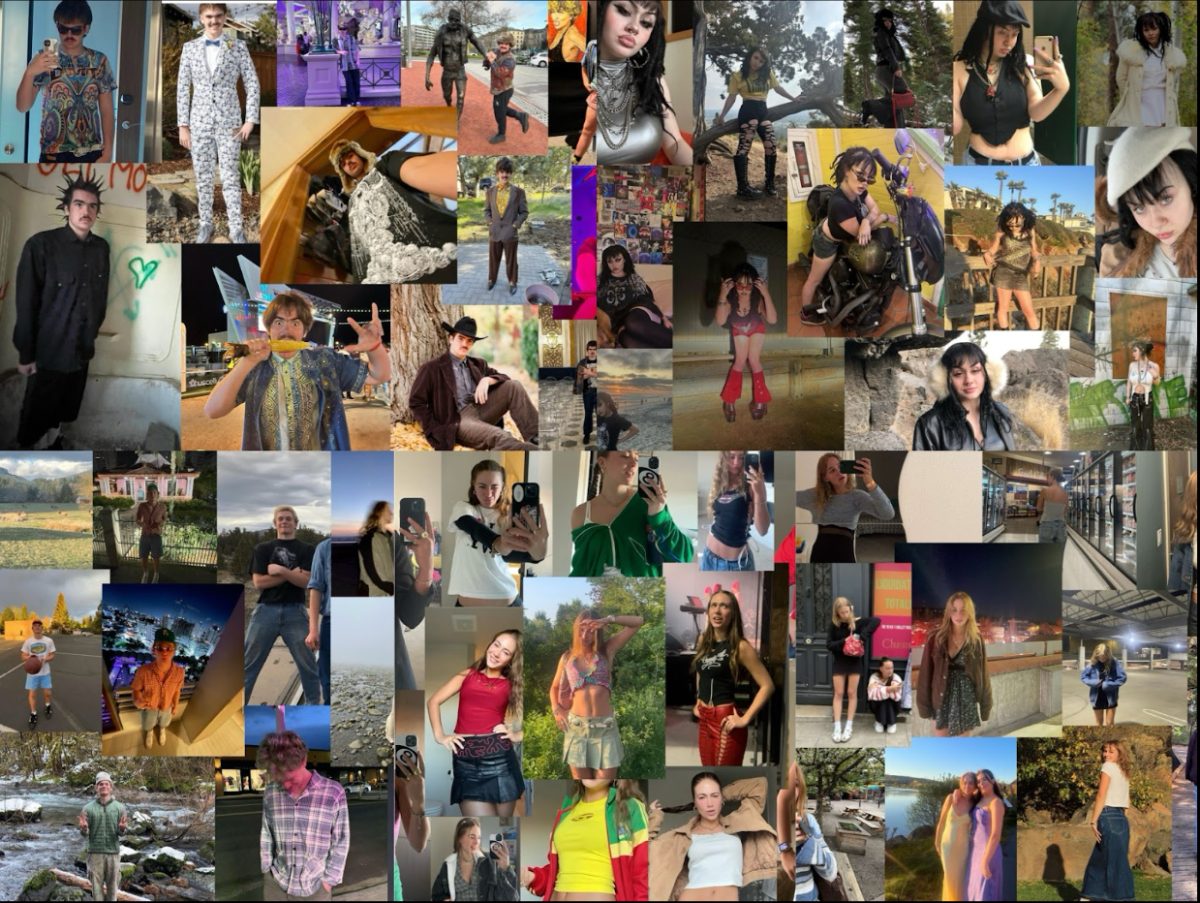Although not confirmed, Summit expects to hold its first Sadie Hawkins dance in the first week of February.
“I think it’s great because it’s old-school,” said Landis Lynnette, girls basketball coach and hall monitor at Summit.
Sadie’s brings a nostalgic blast from the past, as the dance originates from cartoonist Al Capp’s outdated satirical comic strip “Lil’ Abner.” “Lil’ Abner” followed the lives of a clan of hillbillies living in the fictional mountain town of Dogpatch, U.S.A.
The strip ran for 43 years, from 1934 through 1977. The Sunday page debuted in 1935, six months after the daily; in which unmarried ‘homely’ women chased potential suitors. If the bachelors were caught, they were forced to take the woman’s hand in marriage. While the two danced, the woman would step on the man’s feet to compromise his running in the event held the next day. With the general progression of the world, the race was removed, but the women, in their ‘non-conventional’ role, still asked the men to dance; hence, the Sadie Hawkins dance was born. Many high schools across the nation still hold an annual Sadie Hawkins dance, upholding the tradition.
The idea of Sadie’s highlights out-dated gender standards and lacks the support necessary to be accepted in a modern, equal culture, suggesting that a female taking the lead in a social dance is abnormal. Although this day may have been originally meant to be “empowering” for women in the past, when there was still the social stigma of girls needing to wait for a boy to approach them, it can now be seen by women as demure and naive. If we need to have a dance that is specially designed to give women the opportunity to invite men, then we normalize the stereotypical belief of boys inviting girls to dances. Sadies can also pose a concern to the LGBTQ+ community, non-identifying students or students who choose to go with someone of their same gender.
Despite the drawbacks, Sadie’s can be seen as breaking the ‘norm’ of boys inviting girls to dances. Sadie Hawkins dances are an attempt to promote gender equality by eliminating traditional gender roles.
“The hope with the dance is not to enforce that; this is a Sadie Hawkins dance, and girls have to ask the guys because that excludes the queer community. The idea is to have it be more of a theme and less of a requirement,” said Summit sophomore Ella Bacigaloupi, a member of Student Council.
While some of these students are not opposed to the idea of a Sadie Hawkins dance, it could cause more issues concerning inclusion.
“I think it’s still a school dance and that people can ask the other gender regardless of whether it’s a Sadie Hawkins dance or not,” said Summit sophomore Cian Rhode.
Cian touches on how, regardless of what’s advertised, members of the queer community should still invite who they want to bring, and it won’t impact who goes to the dance. There are no rules specifically requiring boys to invite girls to proms and homecoming; the same goes for Sadie’s, although girls inviting boys is advertised.
“I encourage people to view this as changing that stereotype around Sadie Hawkins. I think you can take a lot of things from history; look at everything that we’ve done. Sadie’s doesn’t encourage any homophobia or force anyone to come out,” said Bacigaloupi. Sadie’s has an inclusive mindset, advertising the reversal of gender roles in our modern society and encouraging confidence in women.
The idea of a Sadie Hawkins dance is a progressive notion adapted to throw historical gender norms to the side for a night, but with all the effort being made to create an inclusive, equal community at Summit, adding more gender and sexuality implications to a dance such as Sadie Hawkins seems to be taking us steps back. Though one dance doesn’t represent society as a whole, it highlights underlying issues of underrepresentation of women and the queer community.

